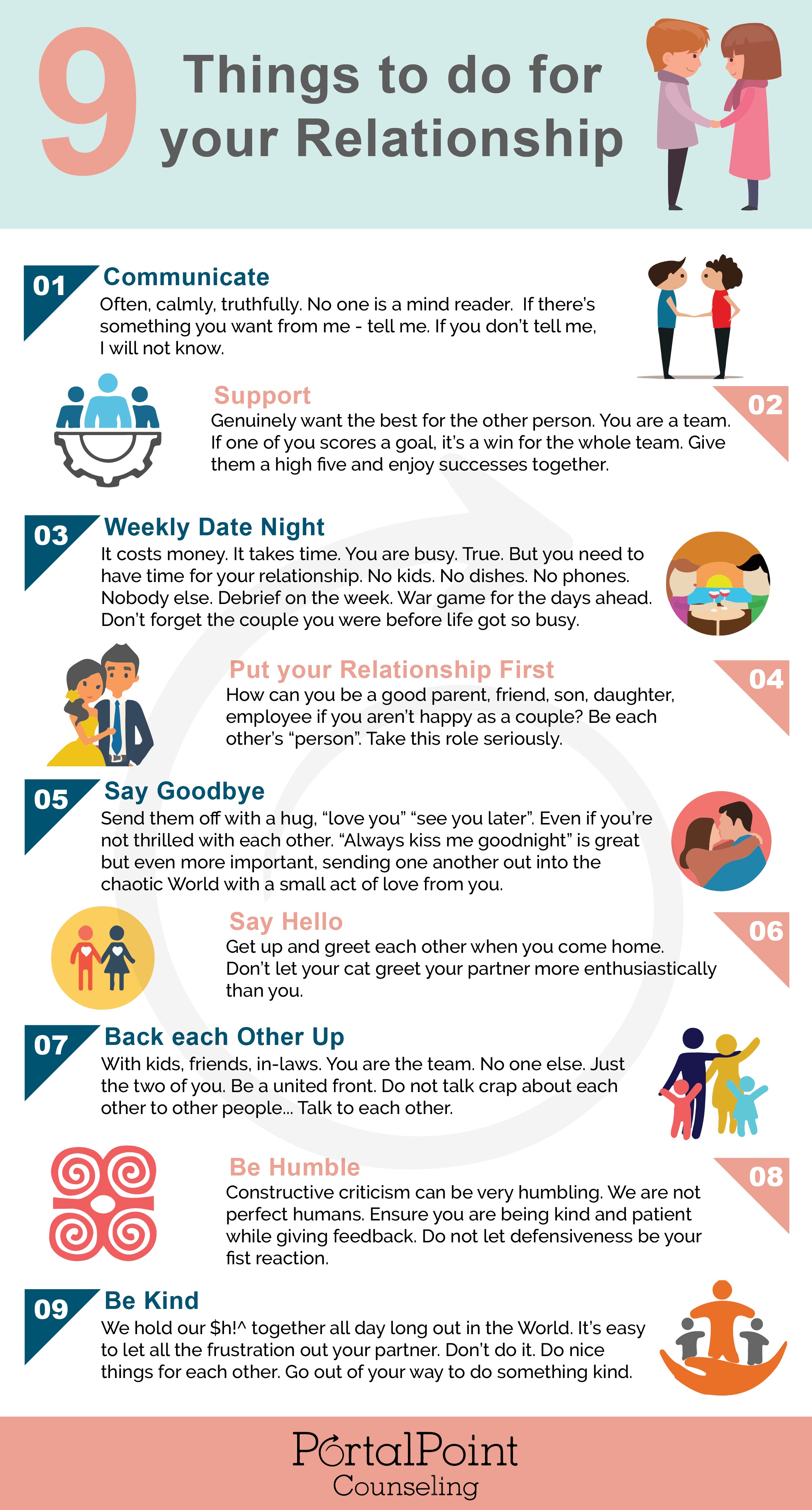Aim Point Counseling for Dummies
Aim Point Counseling for Dummies
Blog Article
Getting My Aim Point Counseling To Work
Table of ContentsSome Ideas on Aim Point Counseling You Need To KnowAbout Aim Point CounselingLittle Known Facts About Aim Point Counseling.The Main Principles Of Aim Point Counseling The Greatest Guide To Aim Point CounselingThe 6-Minute Rule for Aim Point Counseling
The longitudinal layout involves a pre-treatment survey and 2 follow-up surveys at 3- and 12-months post-intervention. The research is embeded in 8 Relationships Australia Victoria centres, throughout metropolitan, external residential areas, and regional/rural sites. Relationships Australia, a non-government organisation, is the largest supplier of pair counselling and relationship solutions in Australia.
These high prices of relationship malfunction have actually been constantly linked with adverse health and wellness effects for both grownups and youngsters adhering to divorce/separation.
Aim Point Counseling Can Be Fun For Anyone
Longitudinal researches additionally suggest that youngsters of separation have a higher incidence of emotional problems, medication and alcohol use, and high-risk sex-related practices [7] The results of divorce and splitting up can be harmful, study shows that high connection discord in undamaged couples is likewise likely to have unfavorable outcomes.
Variables that affect the results of these solutions require thorough examination. Research study to date has actually recognized both couple and individual aspects that might add to partnership discord. These include connection contentment and commitment at the couple degree, and depression at the specific level. Durable research to assess relationship-enhancing interventions in the area are limited.
Aim Point Counseling for Beginners
While a lot of researches indicate improvements in partnership complete satisfaction complying with pair coaching, they are limited by the samples and actions made use of, greatly short-term follow-up time frameworks, and analyses that do not account for the dyadic nature of pair information., is another commonly checked out partnership end result.
To summarise, study indicates that couple-specific variables along with specific variables might forecast the outcomes of couple therapy and relationship solutions. The causal instructions of these partnerships, however, is less clear. These monitorings are vital, given that, to validate and direct the application of connection solutions such as couple therapy, empirical evidence has to discover both the results of partnership solutions and the aspects that anticipate effective treatment.
Therefore, there is an expanding consensus that efficacy studies must be enhanced by performance research study to best notify clinical technique [ 29] The minimal effectiveness study that exists to date recommends that pair coaching can improve end results such as partnership contentment [33,43], interaction abilities and general health [44], at least in some European nations.

We presently know little about the profiles of pairs that seek out relationship education contrasted with those that look for relationship counselling, or the results of these programs. Unscientific evidence suggests that there may be significant distress among at the very least some pairs seeking connection education and learning.
What Does Aim Point Counseling Mean?
Feedback entails participants finishing questionnaires about their connection (e.g. procedures of social issues), and receiving details on what their ratings show. Cognitive-behavioural methods promote altering cognitions to facilitate favorable partnerships.
These impacts have continued for approximately 4 years in some researches [47] These meta-analyses highlight restrictions in the current literature on relationship education and learning. Especially, the majority of research studies included couples from upper socio-economic histories who were not experiencing high partnership discord [47,48] This sample profile might not stand for clients who generally offer for connection education and learning.
Aim Point Counseling - An Overview

Really little research study has checked out the comparative benefits of pair coaching and connection education and learning programs. As customers are likely to self-select into these solution types, it is not clear whether particular partnership distress accounts present to each solution kind, or undoubtedly whether there is click over here an interaction in between offering profile, solution kind and result.
(https://gravatar.com/a1mpoint)
Thus, we have included a 12-month follow-up to gauge longer-term trends and results. The research study makes use of a variety of standardized outcome measures since some previous investigations have been criticised for their absence of standard analysis [50] Ultimately, the usage of analytical evaluations that assume independence of data, such as t-tests, or ANOVAs, has been widespread in previous research studies [ 44,49]
We propose to utilise multi-level statistical modelling treatments that manage for the inter-dependence of couple data to assess any type of treatment results. The certain goals of the ECC research study are to: 1. Map profiles of clients looking for neighborhood agency-based couple counselling vs. connection enhancement programs in terms of socio-demographic and partnership indicators (such as partnership fulfillment, partnership dedication, social problems, and reasons for participating in), as well as wellness (such as anxiety, basic health and wellbeing) and wellness service usage (eg.
2. Identify whether couple counselling and relationship education solutions enhance 3- and twelve-month results for partnership fulfillment, commitment, and anxiety, making use of statistical analyses ideal to couple data. 3. Establish the family member payments of customer aspects (individual and pair) and therapy/education variables to outcomes at 3- and 12-months, and to sustainability of outcomes over time.
Aim Point Counseling Fundamentals Explained
Multi-level modelling to figure out pre-post differences, managing for dyadic (pair) level. To add to the literature assessing the effectiveness of community-based pair therapy. The results will certainly help medical decision-making in community-based connection solution settings, and expert training. 3. To determine the relative contributions of client/couple and therapy factors to outcomes at 3- and 12-months, and to sustainability of results in time.
Report this page